Category: Application Design

What is a Transactional Database?
Transactional databases store data in rows rather than columns to read and write data quickly. A transactional database maintains data integrity by relying on ACID (atomicity, consistency, isolation, durability) properties. ACID ensures that a database is restored to its original...
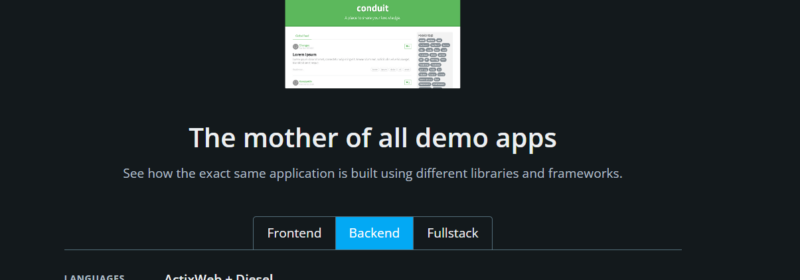
How to Build Real World Web Applications with Couchbase
One great benefit of open-source projects lies in their ability to encourage a diverse and collaborative learning environment. They allow developers from different backgrounds to compare and contrast methodologies, and most importantly, learn from each other. One such open-source initiative,...

Data Replication: Advantages & Disadvantages
Data replication (storing redundant copies of data in multiple locations) is crucial when it comes to maintaining high availability, improving the performance of your systems, and ensuring business operations run smoothly in the event of disaster. However, it does come...
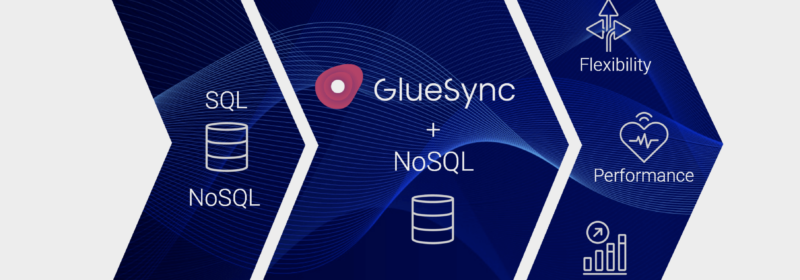
5 Reasons to use Molo17 GlueSync for Data Integration
Organizations around the world, no matter if they are large enterprises, medium or small companies, or government entities, all use databases to support strategic applications and store critical data. Usage of NoSQL databases, such as Couchbase, is increasing dramatically, whether...
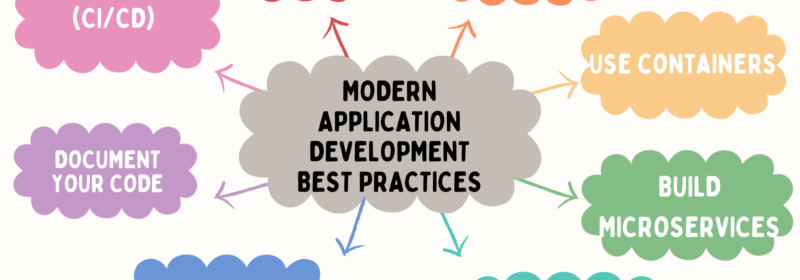
What is Modern Application Development? A Guide
What is modern application development? Modern application development is an approach that allows organizations to create and deliver applications with greater speed, flexibility, and security. It uses various technologies and processes, such as cloud-native architecture, microservices, containers, continuous integration and...

What is a Distributed Application? Definition and Examples
A distributed application is a program that runs on one or more computers simultaneously and communicates through a network. In this blog post, we’ll dive into how distributed applications work, how they differ from standalone or traditional applications, how you...
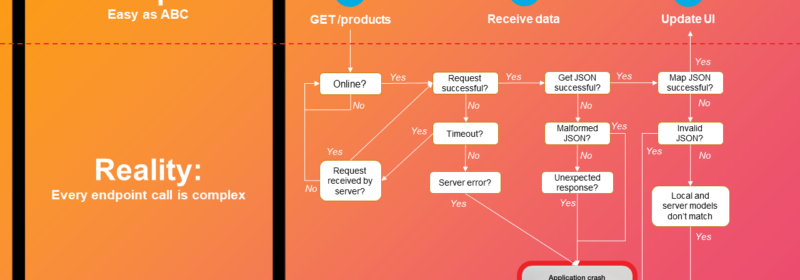
Mobile Developers: Is REST Keeping You Up At Night?
REpresentational State Transfer, commonly known as “REST”, describes a standard for programmatic communication with backend data services over the web. A REST API is a programming interface that uses HTTP requests to POST (create), GET (read), PUT (update), and DELETE...

Implementing an Application Modernization Strategy
Today, organizations must continuously evolve to stay competitive and meet customer needs. Because legacy systems can’t meet the requirements of new applications, organizations are turning to application modernization for improved speed, flexibility, and scale. In this article, we’ll explore the...
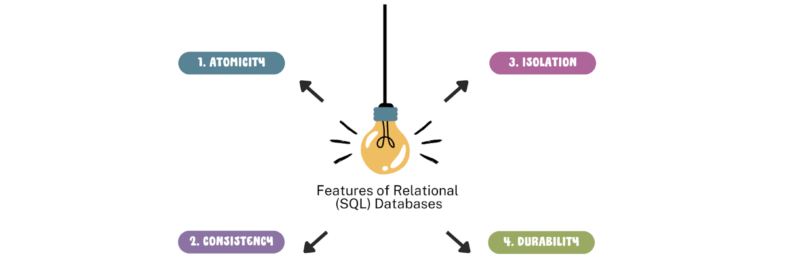
Relational vs. Non-Relational Databases: Features and Benefits
Databases play a crucial role in storing, organizing, and retrieving information. Two main types of databases are relational (SQL) and non-relational (NoSQL) databases. Both have unique features and benefits, so choosing the right type of database is essential for building...

11 Effective Microservices Development Best Practices
Microservices architecture is increasingly popular in today’s fast-paced software development landscape. Because microservices run independently, developers can scale and maintain each application without disrupting other microservices, making them easier to work with than a monolithic architecture. Keep reading to find...

App Scaling (What It Is and How To Do It)
As organizations grow, their applications also face increased demand. This demand typically includes more data processing and additional users accessing the system simultaneously. If an application can’t handle this growing demand, it may become slow, unresponsive, or even crash, resulting...

Data Consistency Models & Performance: Couchbase vs. CockroachDB
Design decisions influenced by CAP Theorem The CAP theorem states that a database cannot simultaneously provide all three of the following guarantees: Consistency (the latest information is always available everywhere) Availability (every read and write request receives a response) Partitioning...